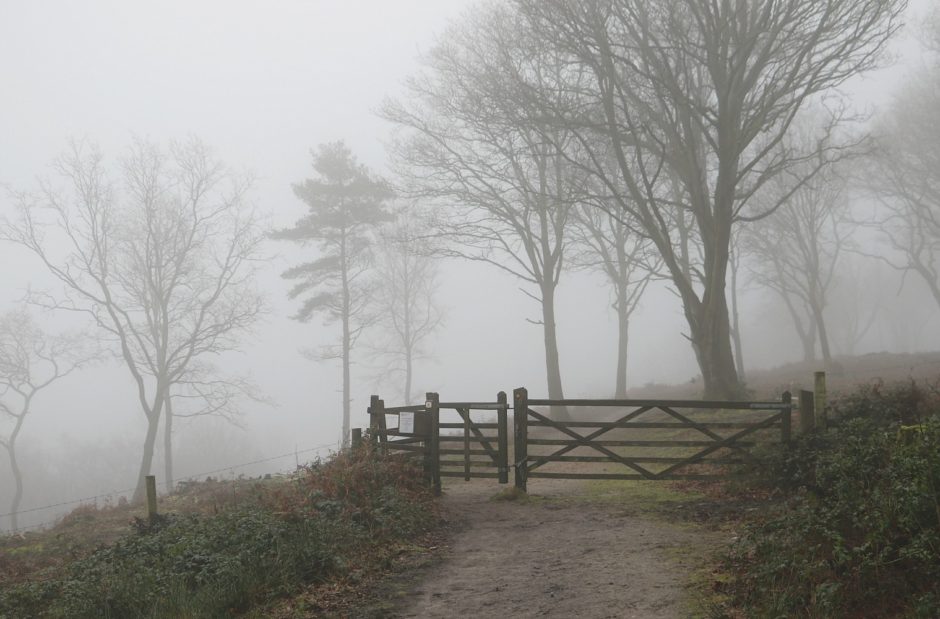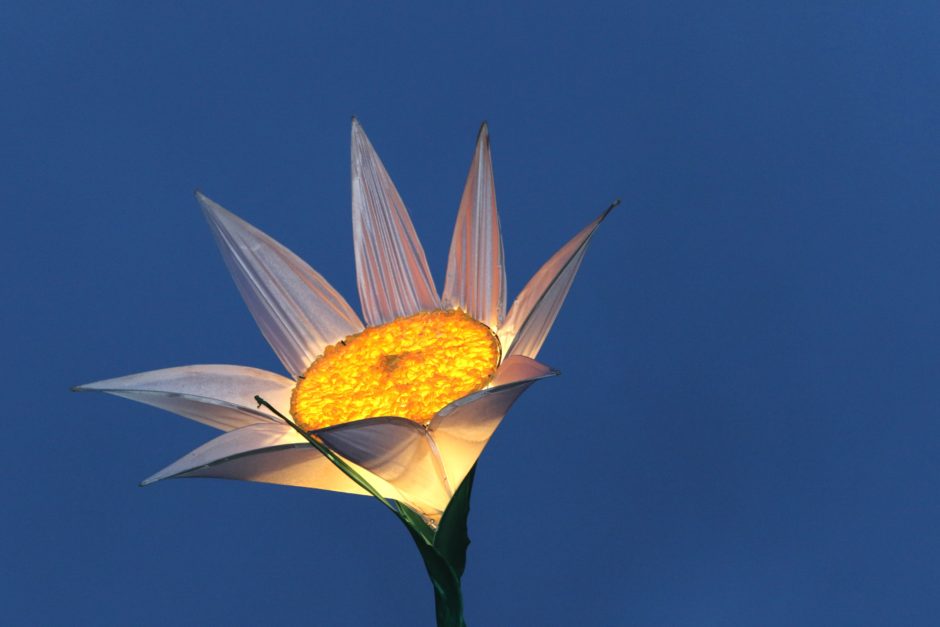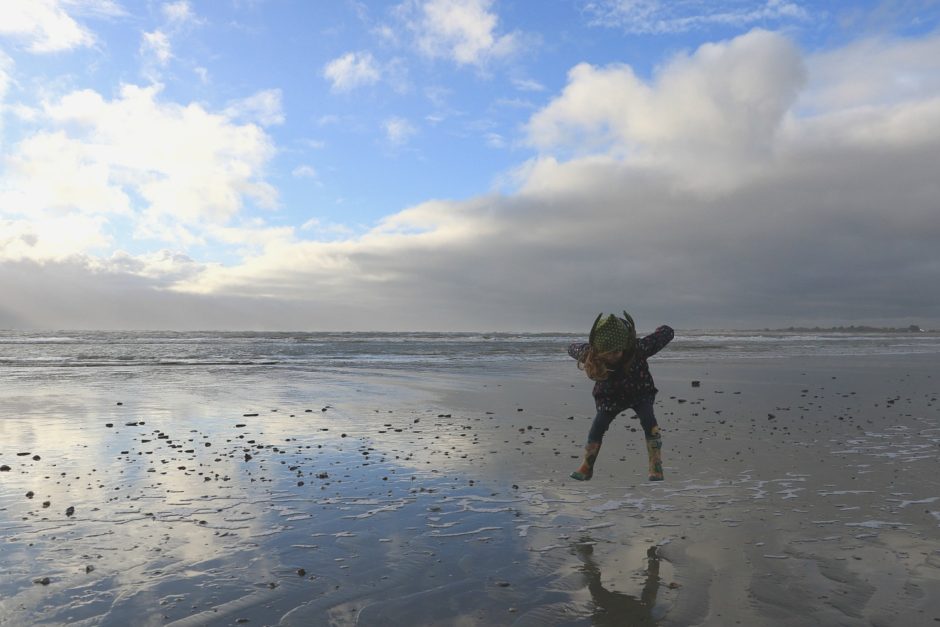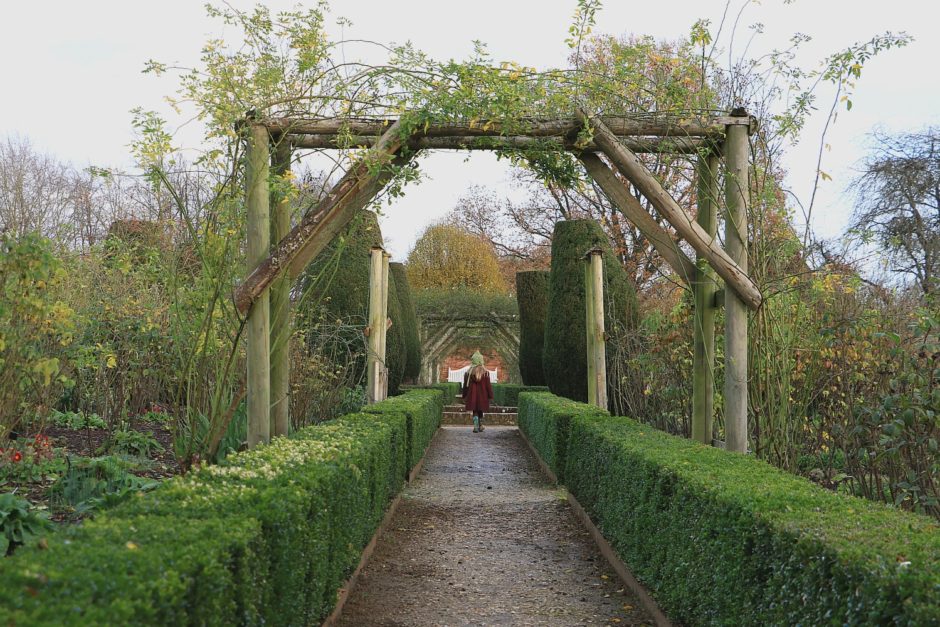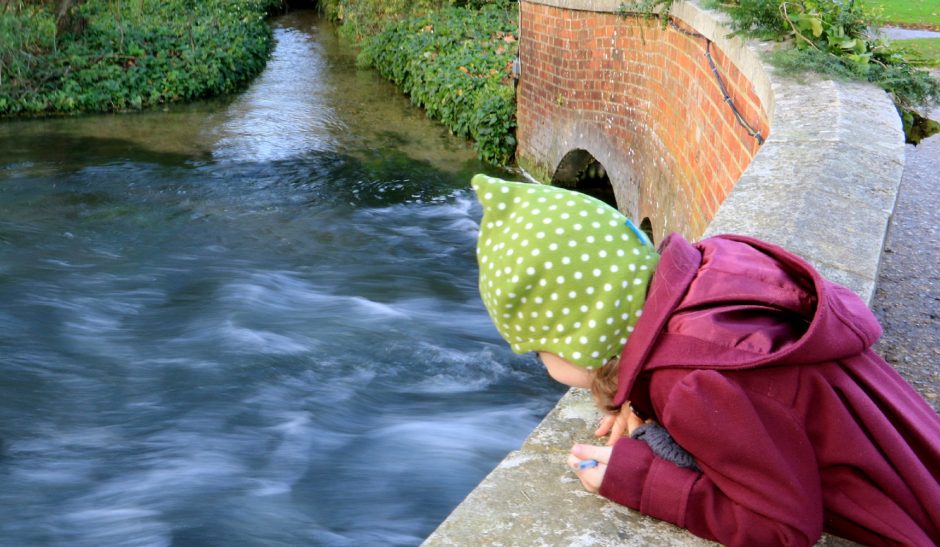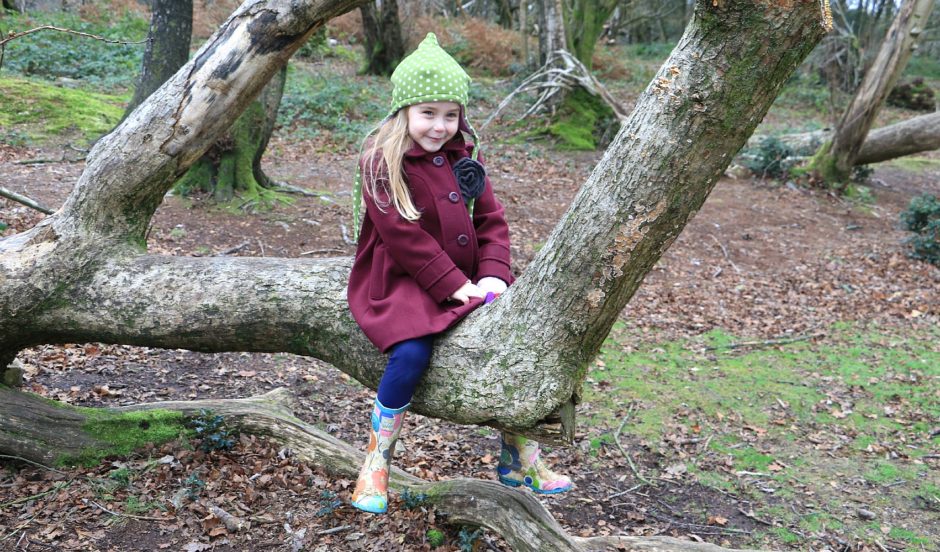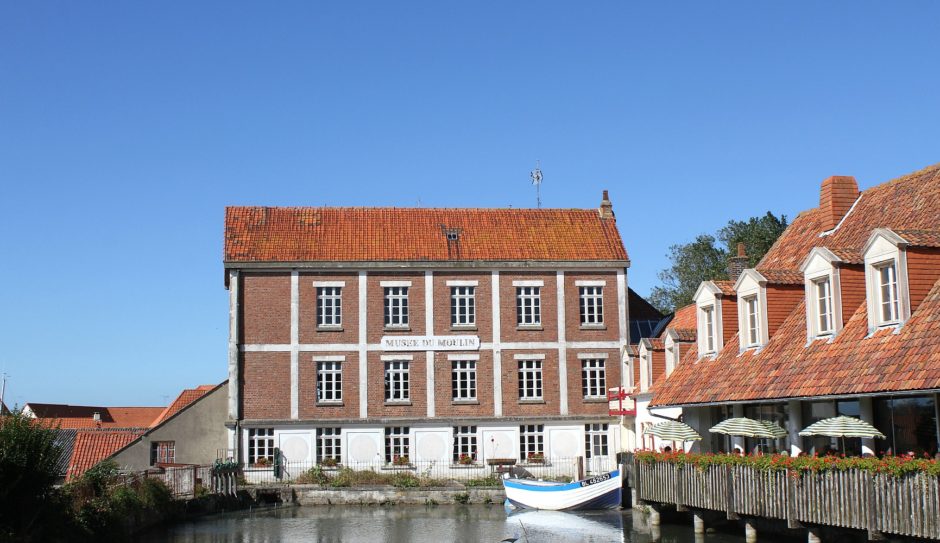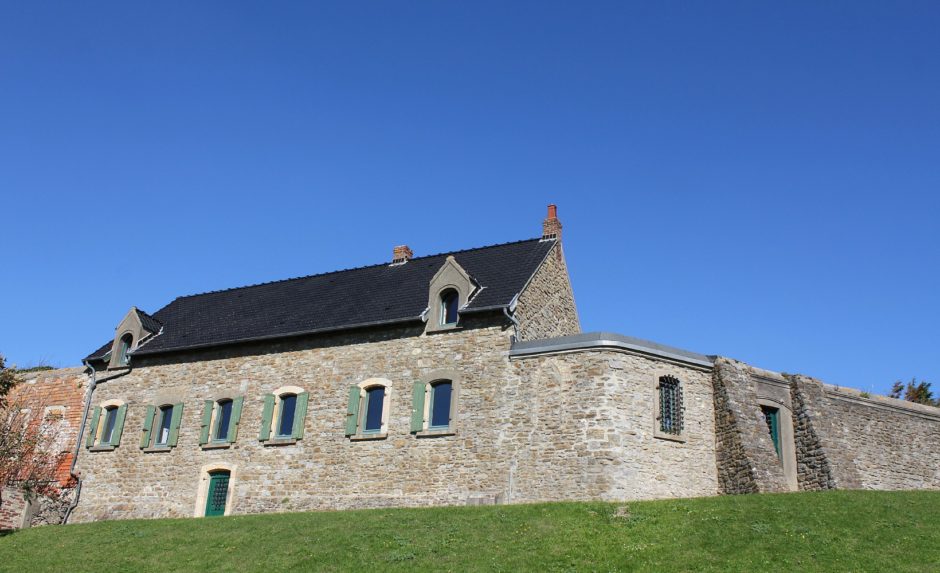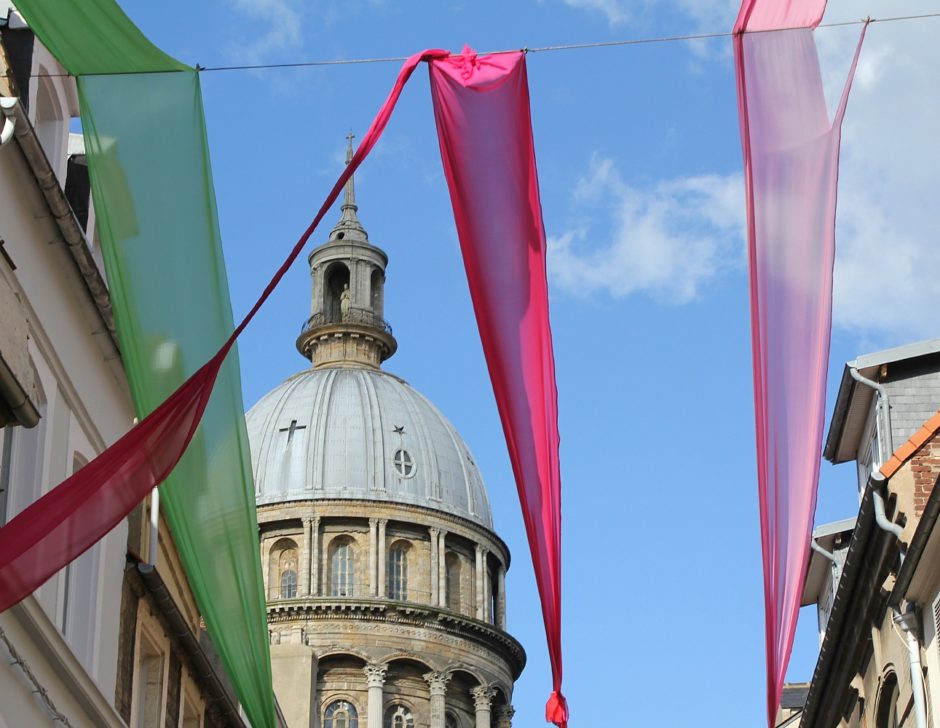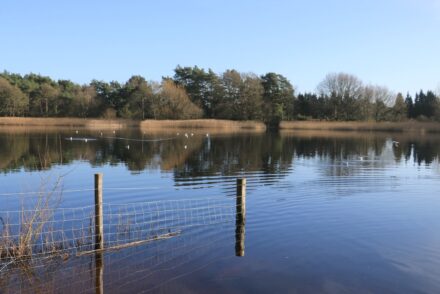We were last at the magnificent Devil’s Punch Bowl a couple of month’s back. An Area of Outstanding Natural Beauty, it provides the gateway to the Surrey Hills. The Commons and Punch Bowl is also a Site of Special Scientific Interest. Owned and managed by the National Trust, the Devil’s Punch Bowl is always a delight to visit whatever the time of year. Its natural amphitheatre, with its heath, streams and woodland, almost take your breath away.
RHS Wisley is home to the largest plant collection in the world. We’re lucky it’s just a short drive from us as we regularly head there for a wander. Whatever time of year you visit, there’s always something to see in one of the numerous gardens. From the rocks and the alpine display houses to the 420ft mixed borders and woodland garden of Battleston Hill, the team work exceptionally hard to make Wisley an inspirational place you can’t help but return to. A favourite of the Doves is the state-of-the-art glasshouse with its three climatic zones. It’s a cathedral-like structure which covers an area the equivalent to 10 tennis courts and rises to 40ft in height. We’ll be there again soon to see exotic butterflies in the jungle-like tropical zone amid tree ferns, palms, creepers and flowers.
Being adventurous folk, we love the great outdoors. Of course the winter months do require a little more effort (and clothing!) but those cobwebs don’t blow away by themselves. Last weekend the forecast was for heavy rain but we were starting to go stir crazy indoors. Added to which POD was desperate to go to the beach. She’d been asking when we’re going on holiday every day since she broke up from school! If you took away the monsoon outside, it was the next best thing. Okay maybe not.
We’re extremely lucky where we live to have so many National Trust properties not far from us. Not just in the Surrey Hills but across London, Hampshire and Sussex. One of those located a little further away near Romsey is Mottisfont Abbey – founded as an Augustinian priory by William Briwere back in 1201. This country house has been home to an array of interesting people over the last eight centuries including Sir William Sandys, a favourite of King Henry VIII, the Mill family who arrived in Georgian times, and laid the framework for today’s grounds, gardens and house facade, plus wealthy banker Daniel Meinertzhagen who let Mottisfont in the nineteenth century.
The property was made the centre of a fashionable artistic and political circle in 1934 when Maud and Gilbert Russell arrived in 1934. Having bought the house in a state of disrepair, they spent many years bringing the house and estate back to life and making it their home. These days the National Trust is responsible for 1600 acres of woodland and farmland providing the most wonderful place to explore.
There is a wealth of creativity to be found in and around Brick Lane. While much of it changes on a regular basis, there are some pieces that have stood the test of time. Roa’s crane in Hanbury Street being one – the three story mural has been there since 2010. Next to it is a hand-standing man which was created by Martin Ron two years ago. On Bacon Street, there is a tribute to East End legend Charlie Burns who died in 2012 at the ripe old age of ninety-six.
The Doves are huge advocates of the National Trust and we’re lucky to have so many properties local to us. We venture outside the Surrey Hills whenever time allows and Mottisfont has been on the ‘must see’ list for a while. Located in a sheltered valley near Romsey in Hampshire, the country house is set in the most magnificent grounds with ancient trees, lawns and streams to explore.
Providing a gateway to the Surrey Hills, Hindhead Commons and the Devil’s Punch Bowl is as an Area of Outstanding Natural Beauty. Managed by the National Trust, it’s a great place to explore with a myriad of footpaths and waymarked trails at varying levels of difficulty. The natural amphitheatre is breath taking displaying slopes covered with heath, streams and woodland. If you’re lucky you might even spot the wild ponies or cattle that reside there. We didn’t catch them on this occasion but we have many times in the past.
It seems surreal after the events of the past few days that we were in France recently showing POD the Opal Coast. Little did we know there was so much to see, from the obelisk at Cap Blanc Nez and Batterie Todt at Cap Gris Nez to Audresselles, Wimereaux. Having stayed in Boulogne-sur-Mer and explored the old town, we visited fishing village Ambleteuse before checking out the pretty seaside town of Wissant.
The fishing village of Ambleteuse is located on the Côte d’Opale in Northern France. It was discovered by Louis XIV in 1680 when he was passing through Boulogne-sur-Mer who decided to make it a military port. Coincidentally we visited the picturesque town following a stay in Boulogne which included a visit to the old town and the NAUSICAA aquarium.
On our recent trip to the Côte d’Opale, we visited Cap Blanc Nez and Cap Gris Nez before stopping at Boulogne-sur-Mer. With accommodation just ten minutes walk away, the old town provided the perfect spot for a wander in the autumn sunshine.
Just a few minutes up from the town is Boulogne’s Vieille Ville (old town). One of the historic sites you see first as you walk past all the restaurants and cafes, is the Belfry. Built in the 12th century, it’s an UNESCO World Heritage Site and was once a dungeon. It’s the oldest building in the upper part of the city and is currently home to a museum. Although we didn’t climb the Belfry on this occasion, the views are said to be wonderful spanning the port, the town and the sea.

